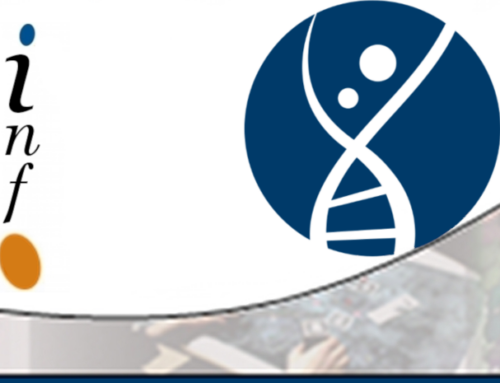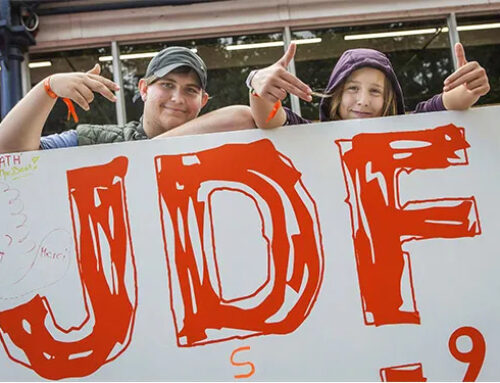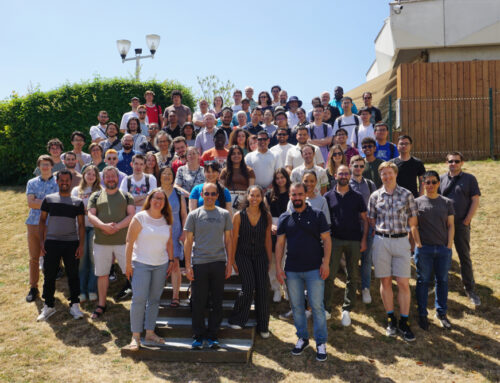Title: « Neural network-based model for the identification of Bladder Cancer subtypes
Keywords: Neural networks, Graph neural networks, bioinformatics, cancer prediction
Description
Precision medicine, also called stratified medicine, consists of mainly using the genomic characteristics of patients for personalized care.
“Omics” technologies: genomics (DNA sequencing), transcriptomics (microarrays), proteomics, have considerably modified the scale of data and make it possible to generate massive quantities of genomic data on patients. These data can cover all the mechanisms involved in the variations that occur in the cellular networks that influence the functioning of organ systems in humans. They can be used for diagnosis, prognosis, prediction of personalized patient treatment, etc.
Artificial intelligence, particularly machine learning, has become a promising tool over the past decade to support precision medicine in oncology. Deep learning, which is a subfield of machine learning, will play a major role in improving the accuracy of cancer susceptibility, recurrence, and survival predictions.
As cancer is a heterogeneous disease, several subtypes can be identified. Treatments and diagnostics must be tailored to each subtype. In this project, we will focus on the prediction of subtypes of a common cancer in humans, bladder cancer.
The aim of this internship, which is part of a collaboration between the IBISC laboratory and the Curie Institute, is to develop a multi-source and multiscale machine learning based on graph neural networks, in order to identify cancer subtypes and potentially discover new ones, using heterogeneous data sources representing different types of omics, images and clinical data associated with patients.
Supervisors
- Farida Zehraoui, Lecturer, AROB@S Team, IBISC laboratory, Paris-Saclay University, Univ. Evry
- François Radvanyi, Research Director, Molecular Oncology Team, Institut Curie
- Constance Creux, PhD student, AROB@S team, IBISC laboratory, Paris-Saclay University, Univ. Evry
- Fariza Tahi, Professor, AROB@S Team, IBISC laboratory, Paris-Saclay University, University of Evry
Contact
Duration of internship
6 months
Location
IBISC Laboratory, IBGBI, University of Evry, 23 Boulevard de France, 91000 Evry.
Bibliography
[1] V. Bourgeais, F. Zeharoui, B. Hanczar. GraphGONet: a self-explaining graph-based neural network encapsulating the Gene Ontology for phenotype prediction on gene expression. Bioinformatics, 2022. [HAL IBISC]
[2] V. Bourgeais, F. Zeharoui, B. Hanczar. Deep GONet: Self-explainable deep neural network based on Gene Ontology for phenotype prediction from gene expression data. BMC bioinformatics 22, 455, 2021. [HAL IBISC]
[3] Graw, S., Chappell, K., Washam, C.L., Gies, A.J., Bird, J.T., Robeson, M.S., & Byrum, S.D. (2020). Multi-omics data integration considerations and study design for biological systems and disease. Molecular omics.
[4] B. Hanczar, F. Zehraoui, T. Issa, M. Arles. Biological interpretation of deep neural network for phenotype prediction based on gene expression. BMC bioinformatics 21 (1), 1-18, 2020. [HAL IBISC]
[5] L. Platon, F. Zehraoui, F.Tahi. Localized Multiple Sources Self-Organizing Map. International Conference on Neural Information Processing, ICONIP (3) 2018 : 648-659. [HAL IBISC]
[6] L. Platon, F. Zehraoui, A. Bendahmane, F. Tahi. IRSOM, a reliable identifier of ncRNAs based on supervised Self-Organizing Maps with rejection. Bioinformatics, 34(17), i620-i628, 2018. [HAL IBISC]
[7] L. Platon, F. Zehraoui, F.Tahi. Self-Organizing Maps with supervised layer. In Proceedings of the 12th International Workshop on Self-Organizing Maps and Learning Vector Quantization, Clustering and Data Visualization (WSOM+). 2017: 161-168. [HAL IBISC]
[8] Boucheham A, Sommard V, Zehraoui F, Boualem A, Batouche M, Bendahmane A, Israeli D, Tahi F. IpiRId: Integrative approach for piRNA prediction using genomic and epigenomic data. PLoS One 2017, 16;12(6):e0179787. [HAL IBISC]
- Date de l’appel : 04/11/2023
- Statut de l’appel : Non pourvu
- Contacts cotés IBISC : Farida ZEHRAOUI (MCF Univ. Évry, IBISC équipe AROB@S), Constance CREUX (doctorante IBISC, équipe AROB@S), IBISC), Fariza TAHI (PR Univ. Évry, IBISC équipe AROB@S)
- Sujets de stage niveau Master 2 (format PDF)
- Web équipe AROB@S






